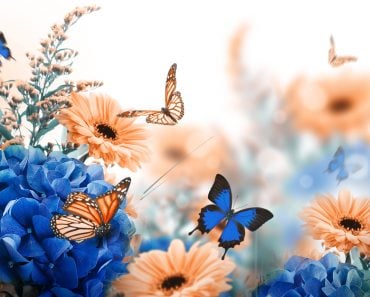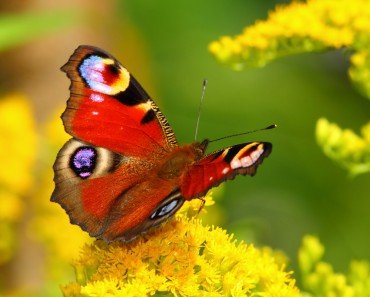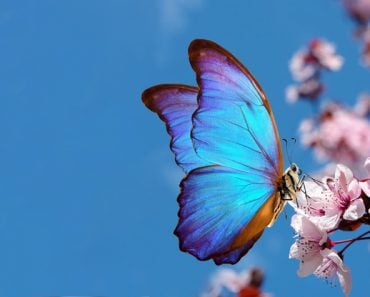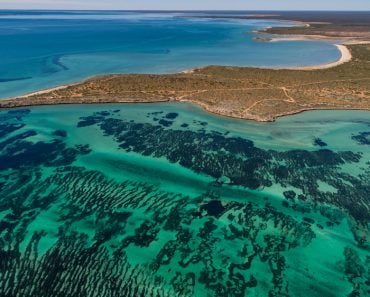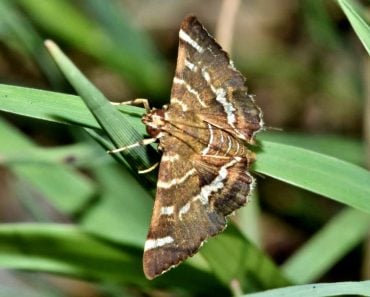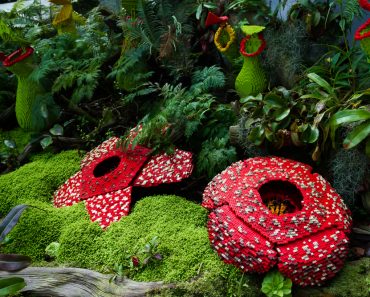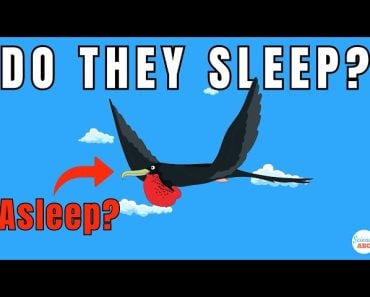Table of Contents (click to expand)
The world’s largest butterfly is Queen Alexandra’s Birdwing (Ornithoptera alexandrae). It has a wingspan of 30 cm (1 foot) and is found only in Papua New Guinea (specifically in the Popondetta Plain).
When we think of butterflies, our mind often flits to the tiny common blue butterflies (3.5 cm in size) or the small copper butterflies (3.2 cm) fluttering around our gardens. Those living in tropical countries may think of the medium-sized monarch butterflies (9.5-10 cm) or pale-yellow swallowtails (8 -9 cm) that are so common in our environments.
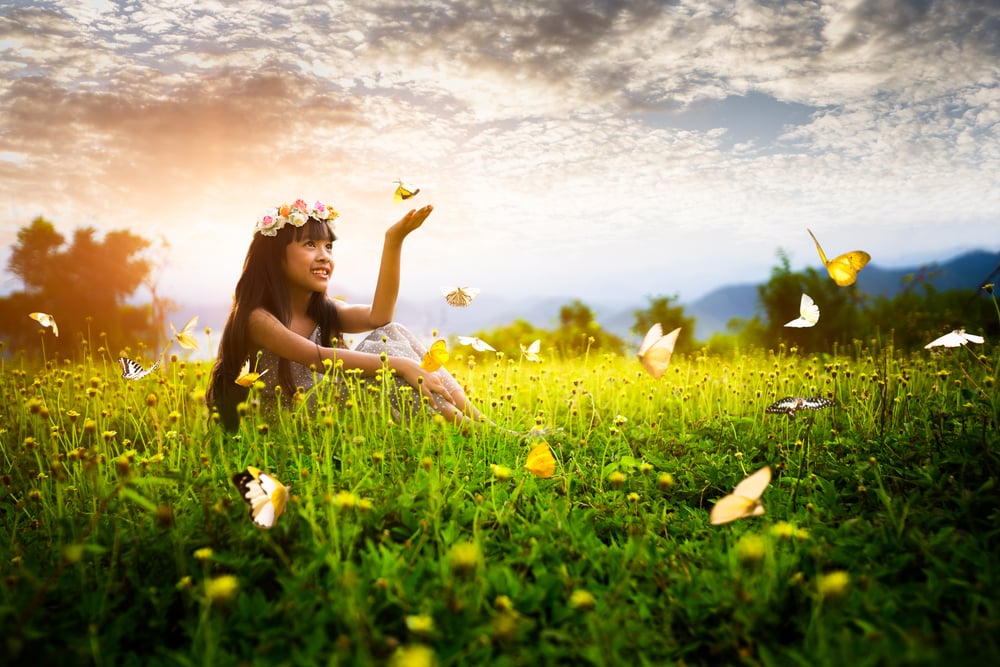
Butterflies come in a variety of shapes and sizes, just like our clothes—small, medium, and large. They can be as small as our fingertip or as large as the palm of our hand. They also come in a broad range of patterns and colors, ranging from bright yellow and orange to blue and purple, boasting symmetrical lines, polka-dotted wings and everything in between. Some of these beauties are so magnificent that we confuse them with canvas paintings!
However, what if I told you that there is one species, the largest in the world, that comes in an XL size? This variety has a wingspan so big that it would fit across half your chest!
Recommended Video for you:
Meet The Largest Butterfly In The World
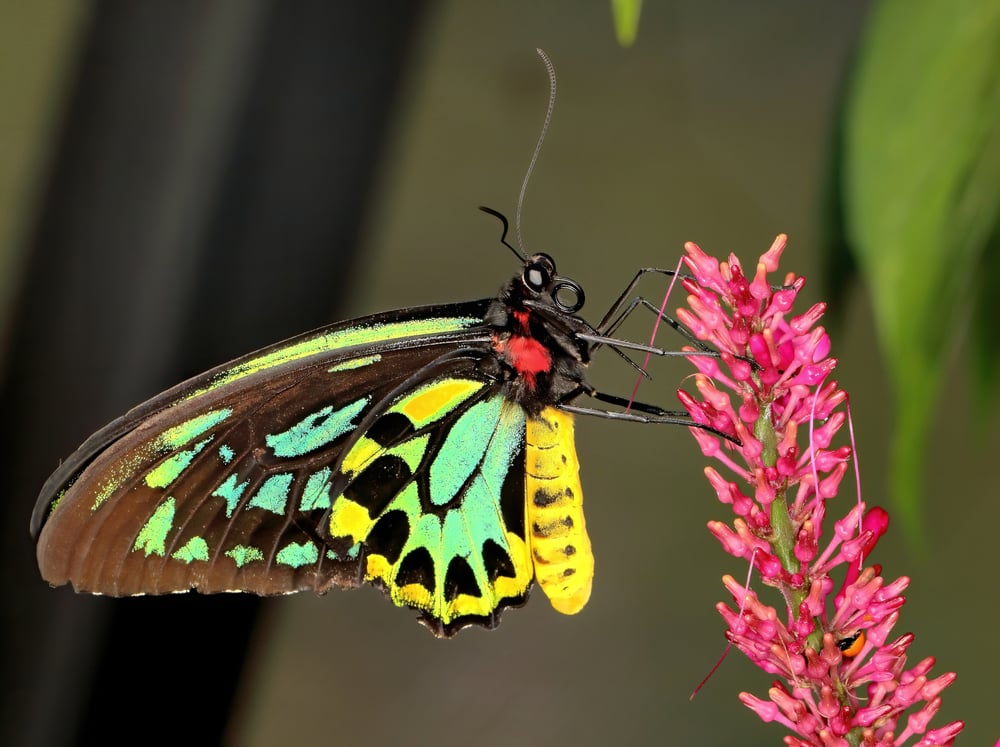
Lo-and-behold… the largest butterfly, with a wingspan of 30 cm (1 foot), found exclusively on Planet Earth, is Queen Alexandra’s Birdwing (Ornithoptera alexandrae).
The species was first discovered in 1906 in Papua New Guinea by the naturalist, Albert S. Meek, who chanced upon an individual on one of his walks in the rainforest. As a collector, he did not think twice and immediately shot the gigantic butterfly, in order to add to his collection. However, before doing so, he took the specimen to Walter Rothschild, a world-renowned zoologist.
Rothschild then helped prepare the first-ever scientific description of the species.
He named it Queen Alexandra’s Birdwing in honor of the then ruling queen, Queen Alexandra, wife of King Edward VII of England (1841-1910).
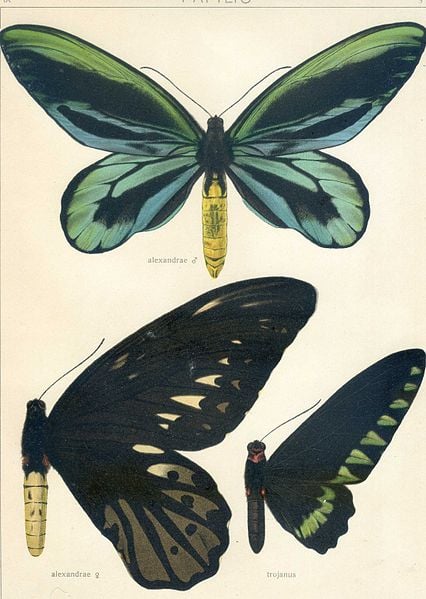
Where Is Queen Alexandra’s Birdwing Butterfly Found?
It would be lovely if we could all see this butterfly variety fluttering around in our backyards, but unfortunately, Queen Alexandra’s Birdwing is severely restricted in its geographic distribution and is found only in Papua New Guinea (specifically in the Popondetta Plain).
To date, scientists still don’t know how many individuals there are of this species in the wild, and there have been no recent population surveys.
Way back in 1992, researchers found only seven larvae, one pupa, and 167 adults. However, these numbers are most likely over-representations, considering how difficult it is to count flying organisms.
What scientists know, however, is that this species prefers open primary and secondary rainforests or remote plateaus, because there is more light.
Interestingly, the first specimen collected in 1906 was found nowhere near these habitats, but rather alongside a river. This likely means that the butterfly used to occupy a wider variety of habitats in the past, but is limited today to remote forests or plateaus.
The species avoids thorny habitats because of its large wingspan and delicate wings. Adults usually fly above the upper forest canopies so they can easily spot the flowers of rainforest trees.
Appearance

Male Queen Alexandra’s Birdwings have a wingspan of 14-20 cm, whereas females have a much larger wingspan, between 18.7 and 30 cm. Both sexes have a yellow abdomen, but vary in their body colors. Females have a dark brown body with cream markings on the upper surface, while males have a black body and a yellow upper surface, in addition to pale green and blue markings.
Life Cycle
Queen Alexandra’s Birdwing has four life stages, which last between 5 and 7 months. The butterfly begins its life as an egg. Adult females lay large-sized eggs, around 0.41 cm in diameter. They usually lay their eggs on pipevine plants (Aristolochia schlecteri), as the leaves of this plant act as a food source for the eggs as soon as they hatch.
In the next life stage, baby caterpillars hatch from the eggs. These tiny new life forms have a black body with long, fleshy and red tentacles all over. They also have a cream-colored spot in the middle of their black bodies. Once they hatch, they immediately begin feasting on the pipevine leaves where they were laid, and continue to do so until the end of this stage. As they grow, the caterpillars lose their old skin (molt) several times and slowly transform into a pupa.
All the magic happens in the pupa (or cocoon) stage. During this part of the cycle, the caterpillar’s body transforms into a butterfly. However, during this stage of the life cycle, the caterpillar does not eat or drink until it fully transforms into its final form.
During the last stage, the caterpillar emerges as an adult. Here, the butterfly feeds mainly on nectar, but does not grow any further. Its sole duty during this stage is to mate and reproduce so that its population can grow. Adult males usually have a short life span of around three months, while females live up to twice that long.

Their life cycle may seem pretty simple, but in every stage, the Queen Alexandra’s Birdwing faces danger. Right from the time they are eggs, ants are prone to attack them. Their larvae are further preyed upon by lizards, toads, and birds, and they are also susceptible to fungal infections. Once they reach the adult stage, they face little predation, but can be caught in spider webs or eaten by arboreal mammals.
Threats To The Species
The Queen Alexandra’s Birdwing has been legally protected in Papua New Guinea since the late 1960s. It is also listed in Appendix I of CITES (1987). However, this species is under severe threat. The biggest concerns facing Queen Alexandra’s Birdwing is that it is severely restricted to one region—Papua New Guinea. Even there, it faces many threats, both natural and human-induced.
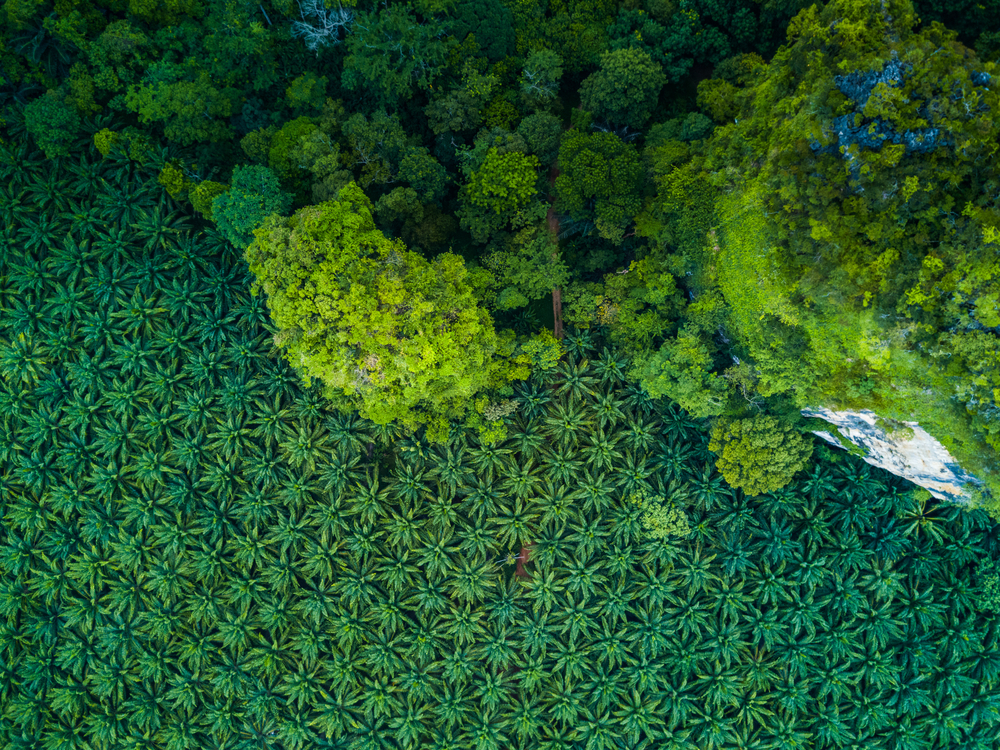
The eruption of the volcanic Mt. Lamington in 1951 destroyed 150 sq. km of the species’ habitat and left its populations severely fragmented. The remaining habitats are being transformed rapidly for commercial logging and expanding crop plantations. Palm oil plantations, in particular, are rapidly altering landscapes in Papua New Guinea. Today, palm oil grows across thousands of acres right in the middle of the butterfly’s core habitat range, eradicating any chance of its extended survival. The species is also illegally captured and traded, particularly by collectors. People from all parts of the world pay handsome sums to own a specimen of the world’s largest butterfly, without even realizing that there are only a handful of them left in the world.
Even though most of us will never see this species in the wild, we can help in its conservation. The most important way we can do so is by boycotting items that contain palm oil. It might seem like a small thing, but it’s truly amazing how a simple change in our food habits could potentially help save an entire species!
References (click to expand)
- Butterflies with bullet holes | Natural History Museum. The Natural History Museum in London
- IUCN Red List of Threatened Species: Ornithoptera alexandrae - www.iucnredlist.org
- Queen Alexandra's Birdwing: Ornithoptera alexandrae - SBBT. sbbt.org.uk
- Mitchell, D. D. C. (2016). Queen Alexandra's Birdwing Butterfly Ornithoptera alexandrae (Rothschild, 1907): a review and conservation proposals. Southdene

